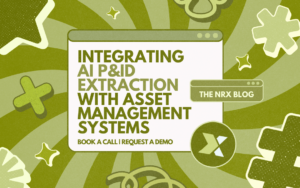A mid-size site grew tired of blanket PMs that looked productive but did not prevent functional failures. The team chose a different path: use RCM to protect what the asset must do in its real operating context. The goal was a credible way to decide which tasks belong on the plan and which do not, then show the reasoning.

Start with functions you can test
RCM begins with functions and performance standards that anyone on the crew can recognize. The shift from “time since overhaul” to “what failure looks like and how it happens” was the core insight in Nowlan and Heap’s study, and it remains the anchor for modern programs. Clear functions turn work orders and KPIs into a coherent story the team can act on.
Select tasks with shared criteria
With failure modes and effects laid out, apply SAE JA1011 to evaluate options. The criteria force you to ask whether an on-condition check is technically feasible, whether a scheduled restoration is truly age-related, and whether a protective device needs failure-finding instead of ordinary PM. Using common criteria makes the plan auditable and repeatable across sites.

Tie decisions to measurable impact
RCM enables other reliability practices to produce visible results. Reviews of analytics-driven maintenance document 30–50% reductions in downtime and 20–40% increases in asset life when predictive techniques are applied in the right contexts and connected to action in the field. These effects compound when alerts link to work management and crews capture feedback, because the next interval and next task choice improve with experience.
Ground the case in real numbers
Executives respond to impact. In a large, multi-industry survey, predictive adopters reported about 9% higher uptime, 12% lower maintenance costs, and 20% longer asset life. That is why a practical RCM pilot starts where an hour of lost production hurts most and where failure behavior is well understood.
Conclusion
Implementing RCM is not a cleanse or a compliance project. It is a disciplined way to choose tasks that protect the function and to show your work. When functions are clear, criteria are shared, and results are measured, reliability improves because the maintenance plan finally matches how the equipment fails.
Integrating AI P&ID Extraction with Asset Management Systems
ISO 14224 vs Other Maintenance Standards: What Sets It Apart?
Building Trust in Your Asset Data: Strategies for Governance
Share this article




